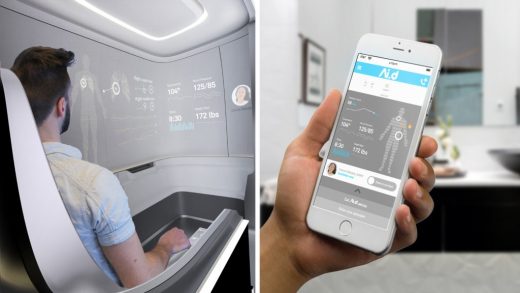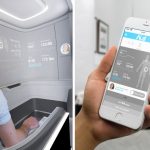Mainstream telehealth needs vendors to address pain points
Mainstream telehealth needs vendors to address pain points

Many of us are impatient for a future where telehealth reduces our visits to health professionals. Whether you are geographically isolated, tired of waiting hours in a waiting room for an overdue appointment or simply have felt the pain of dragging yourself from your sick bed to a doctor’s surgery to acquire a sick note for an employer, consumers are keen to see a change. Current health providers are expanding their services to include remote health. Health tech startups such as mediconecta and couch are creating new stand-alone services for remote care.
However substantial barriers exist for telehealth in practice according to a new survey of the 114 chief information officers, IT directors, telehealth managers and other professionals by the College of Healthcare Information Management Executives and KLAS.
About 59% of respondents listed reimbursement as a limitation, noting that some payers have been slow to reimburse telehealth visits and or reimburse at rates lower than face-to-face care. Most said integration between their electronic medical record and virtual care platform vendor was nonexistent or unidirectional. They also cited improved patient access as a major benefit, and three-quarters reported that they were actively planning to either expand the number of specialties served or expand patient access to providers using their present solution.
According to Adam Gale, president of KLAS: “Telehealth holds enormous promise. However, the underlying technology needs to evolve faster. In particular, integration of telehealth with provider EMRs is still at a primitive level. Vendors need to step up in terms of technology and improved support.”
Remote health is already here in wearables and diagnostic tools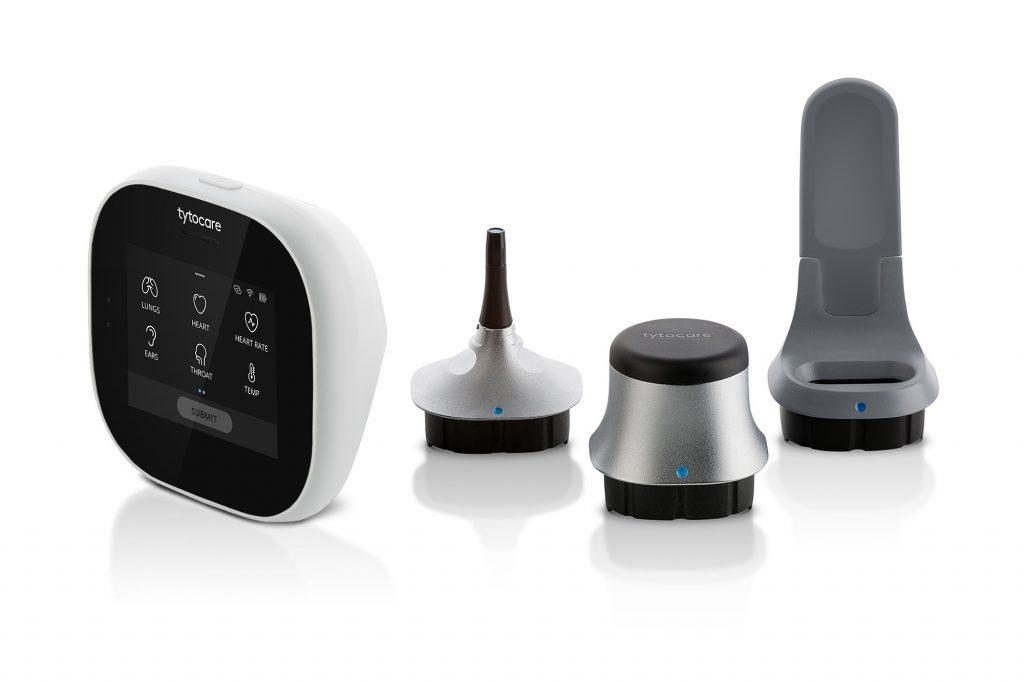 Further, we’re seeing telehealth embedded into the aged care facilities of the future such as those partnering with K4Connect where sensor technology already enables health professionals to gain accurate lifestyle and biometric data about their patients.
Further, we’re seeing telehealth embedded into the aged care facilities of the future such as those partnering with K4Connect where sensor technology already enables health professionals to gain accurate lifestyle and biometric data about their patients.
In regard to diagnostics, scientists have developed a home HIV testing kit that speeds up diagnosis and allows patients to monitor their own treatment. Teams from Imperial College London and DNA Electronics collaborated to create a USB stick containing a mobile phone chip. A drop of blood gets placed on the USB stick. If any HIV virus is present in the sample, this triggers a change in acidity which the chip transforms into an electrical signal. This electrical signal connects to a corresponding software program.
Initial research shows the device to be highly accurate. Of 991 blood samples tested, the technology was accurate 95% of the time. The device also significantly reduces the testing time-traditional HIV tests take. A minimum of three days is required by traditional methods whilst the USB stick can produce a result in under 30 minutes. The application is also used for at home monitoring of virus levels in the bloodstream, enabling health providers to determine firstly medication adherence and secondly, if the virus has developed a resistance to the prescribed drugs.
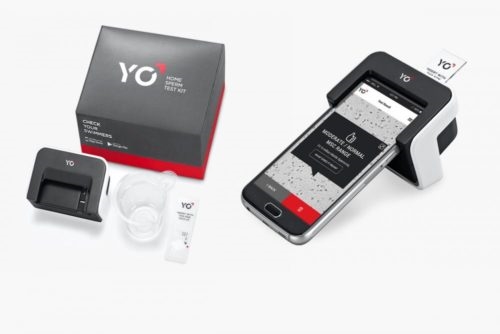
At home fertility tests
Another company has removed the requirement of health clinic visits for sperm tests with YO Sperm Test a male fertility kit that is FDA approved for at-home use with the use of a smartphone.
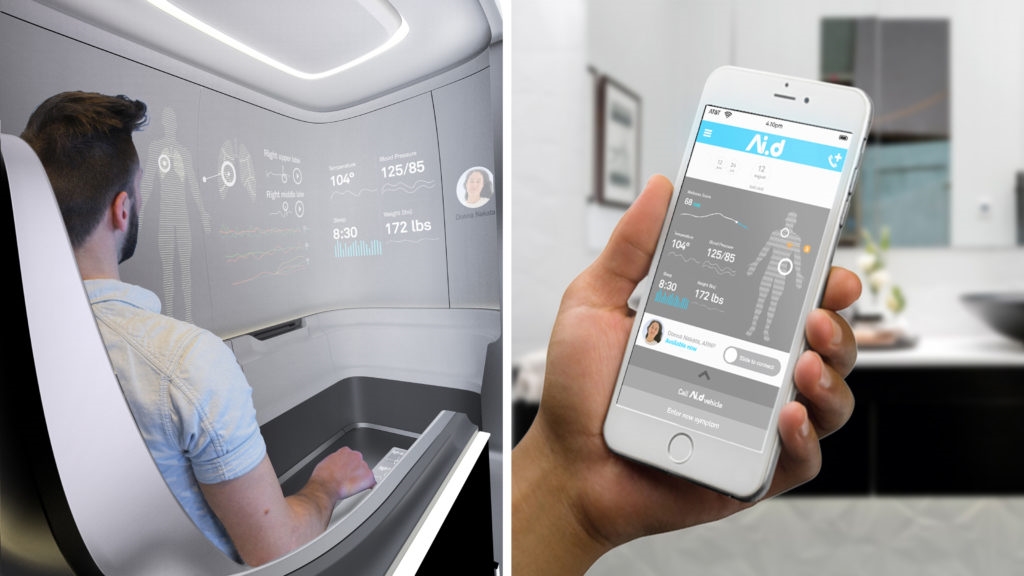
Companies are pushing the idea of the autonomous car as the third most important tech of the future. This essentially creates a moving room where mobility as a service means a vehicle’s utilization expands to a range of tasks, including doctor’s visits. This could include a self-driving clinic such as that proposed by AI health for remote areas, minimizing the logistical burden on the patients and makes them more likely to engage in their care before conditions and costs escalate. Such a clinic would be embedded with sensors to gain accurate biometrics of the consumer through a self-guided assessment. If the results indicate that the patient needs to consult a specialist, the Aim platform would connect the user to one of the on-call specialists from participating fleet partners.
The unexpected costs of telehealth
Unexpected downsides still exist with telehealth. While cheaper than the traditional doctor or hospital visits, more people may seek care because it is easier to use, driving up healthcare costs, according to a recent study. Another study from the University of Wisconsin found that encouraging patients to use online care options increases the number of office visits and phone calls and that physicians accept 15% fewer new patients each month following e-visit adoption. Additionally, researchers found “no observable improvement in patient health between those utilizing e-visits and those who did not.”
There have also been some unanticipated problems in the health consultation, an influx of male patients flashing doctors, particularly where patients who are exposing themselves often use an alias during the sign-up process to skirt detection
Yet for people without access to a healthcare specialist in their district, telehealth reduces the barrier to entry and ensures (at least in theory) that the same treatment is not restricted by geography. It’s highly likely in the foreseeable future that we’ll see a healthcare system with the mainstream 3D printing of drugs on demand at pharmacies (already we have Spritam) and medication delivery by drone (reports suggest Amazon is secretly working on telehealth). That long waiting room wait might just be a thing of the future before we know it.
The post Mainstream telehealth needs vendors to address pain points appeared first on ReadWrite.
(34)

